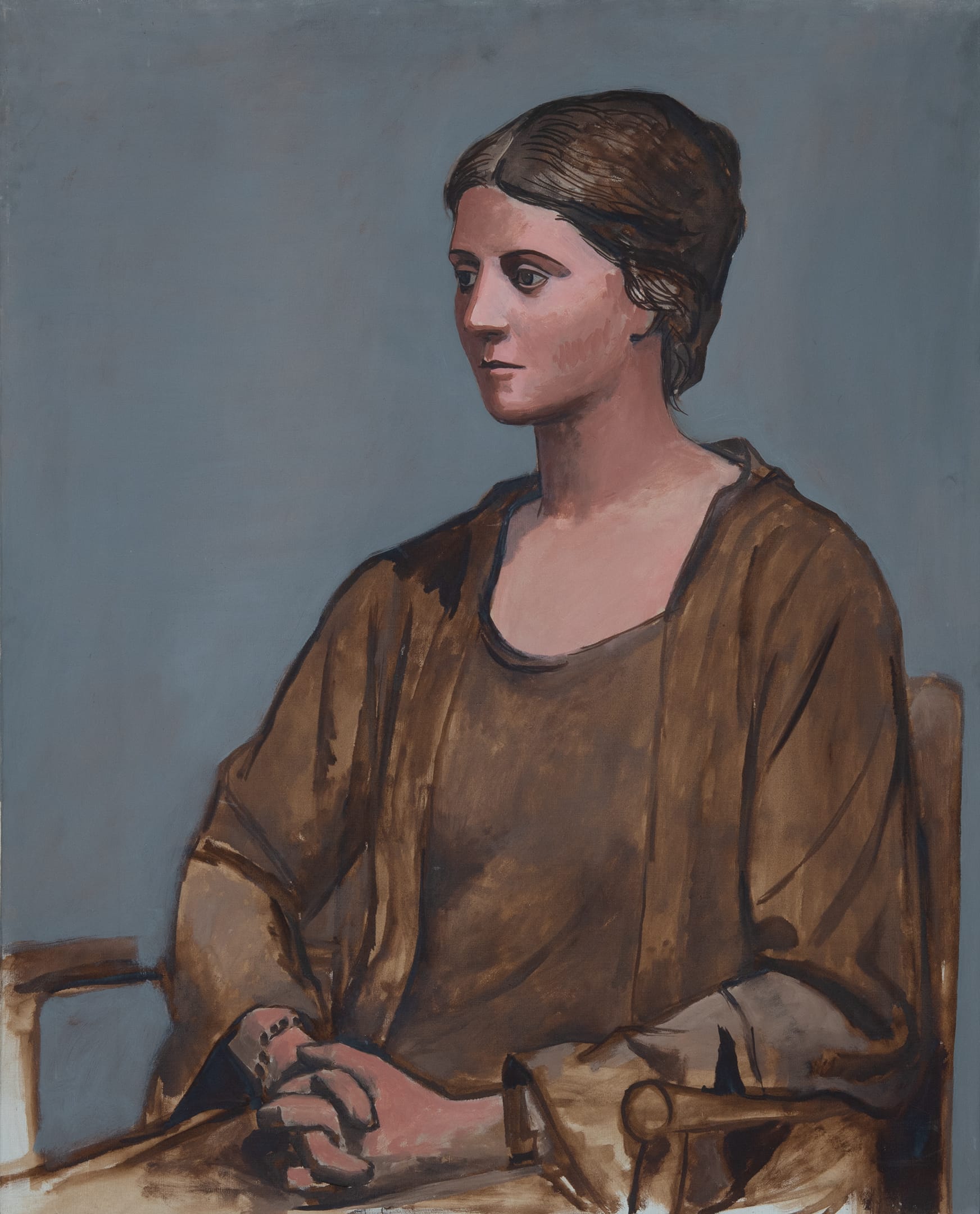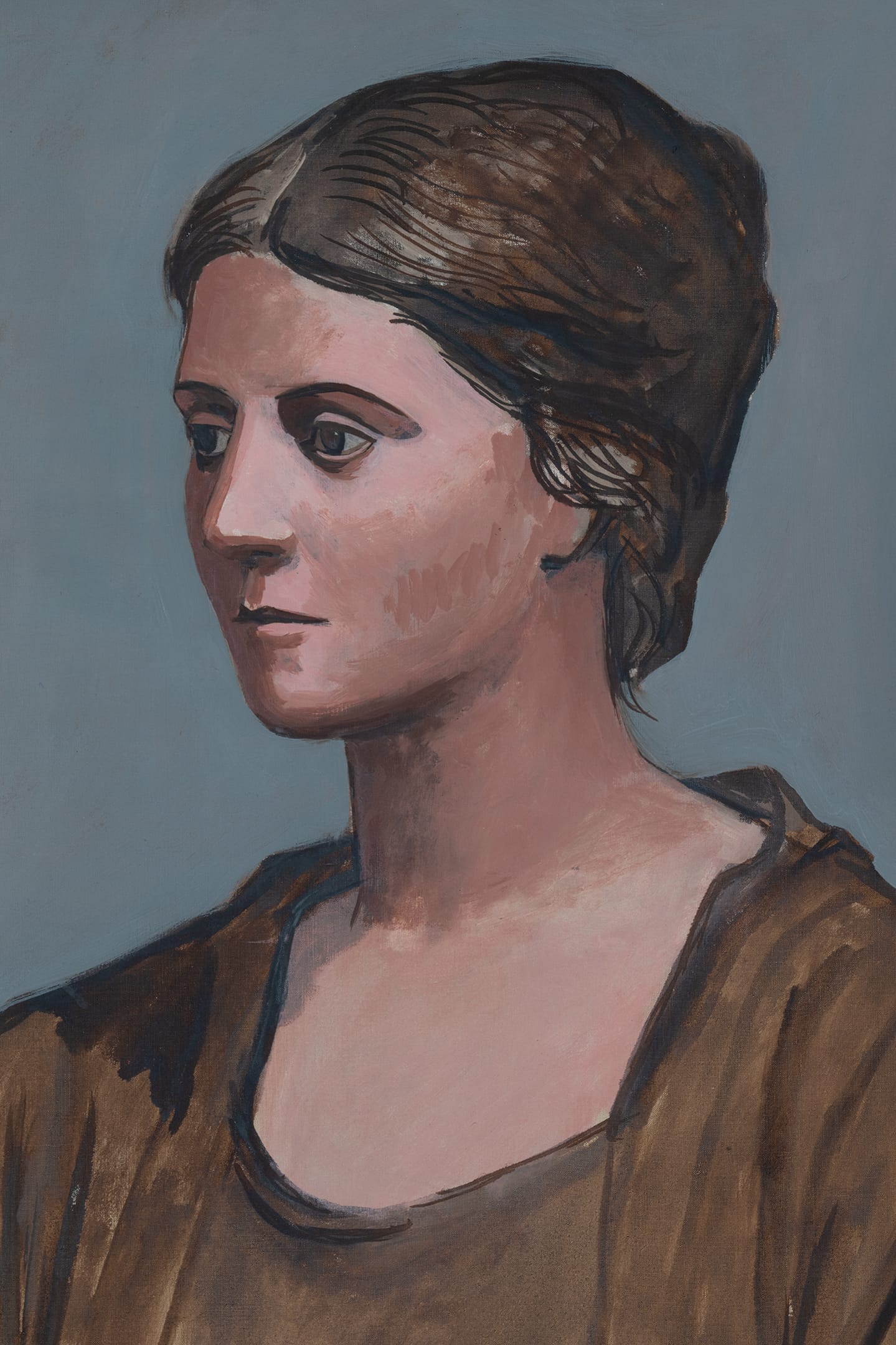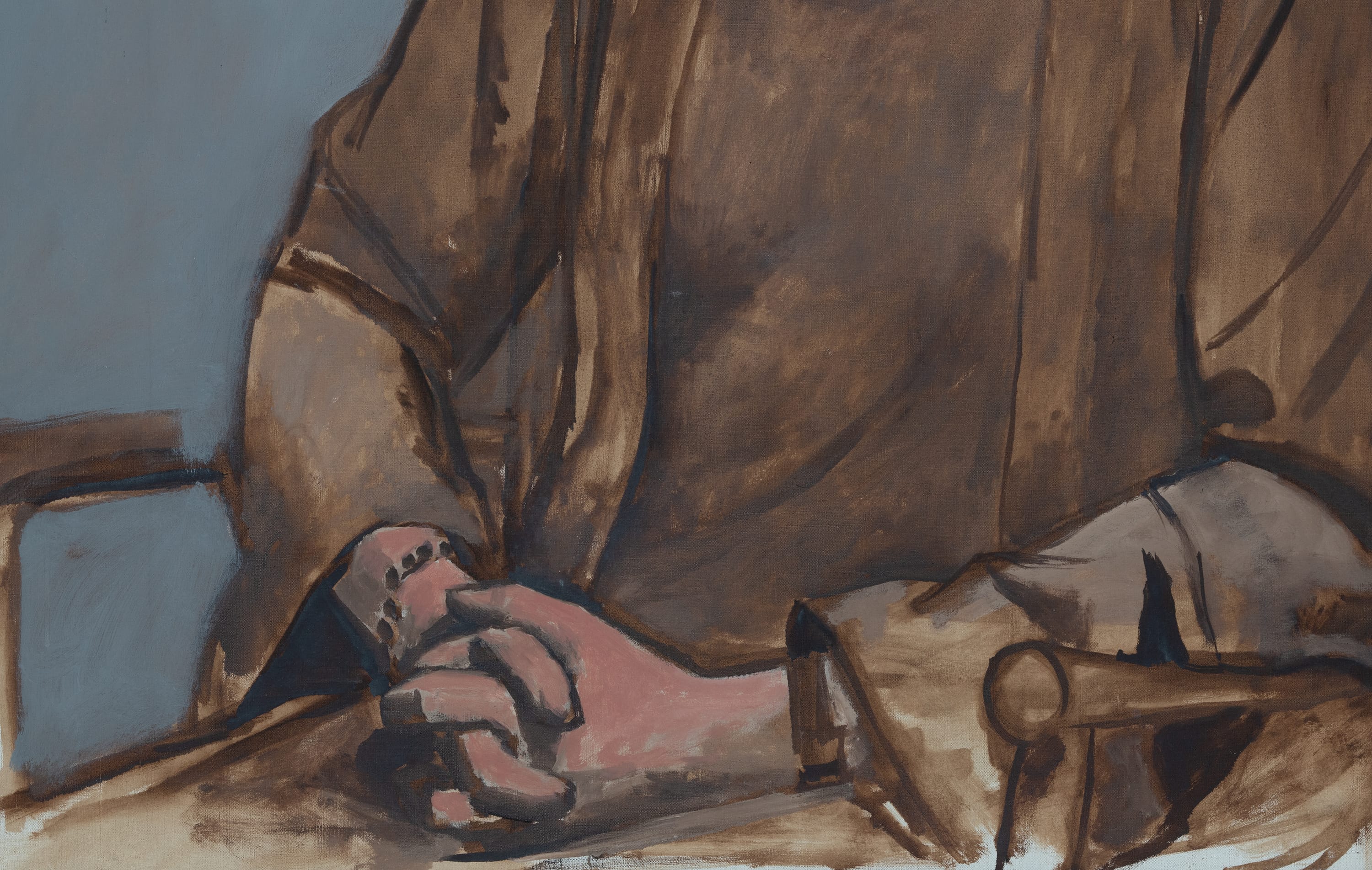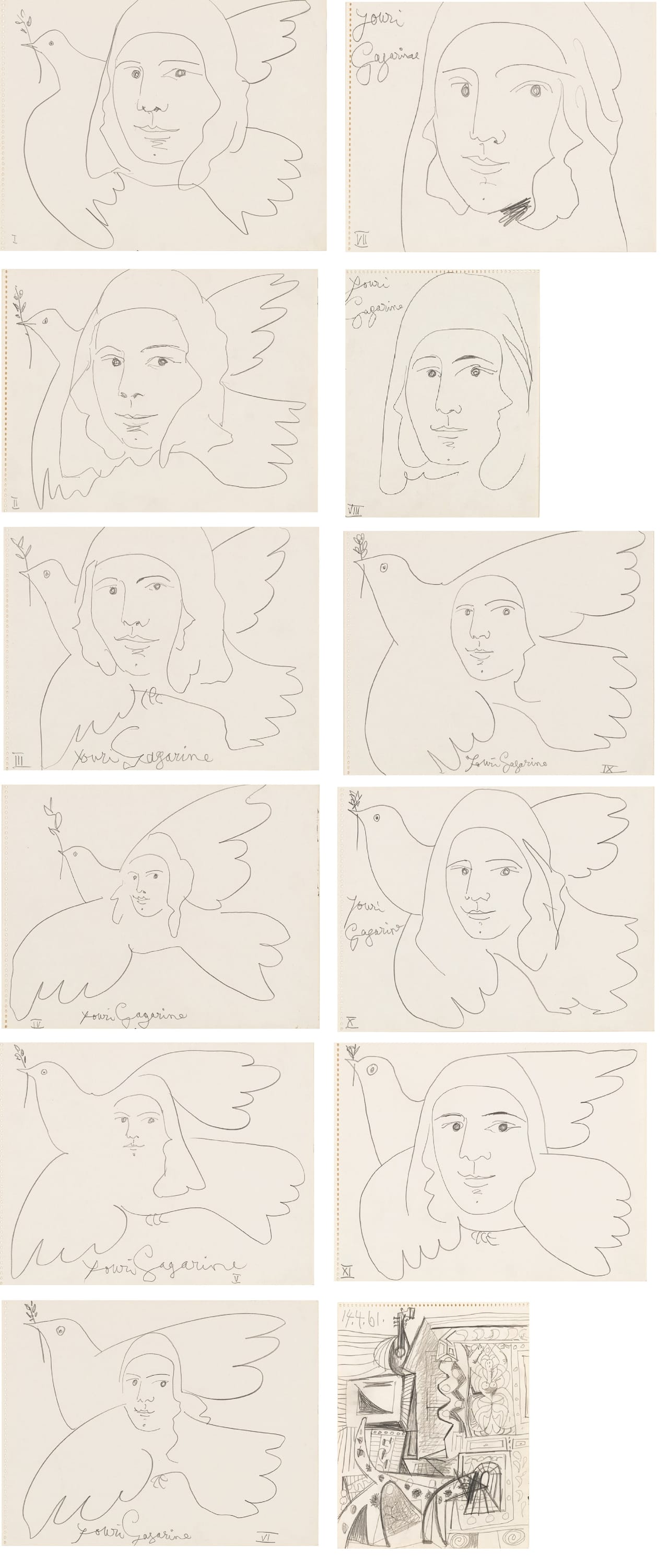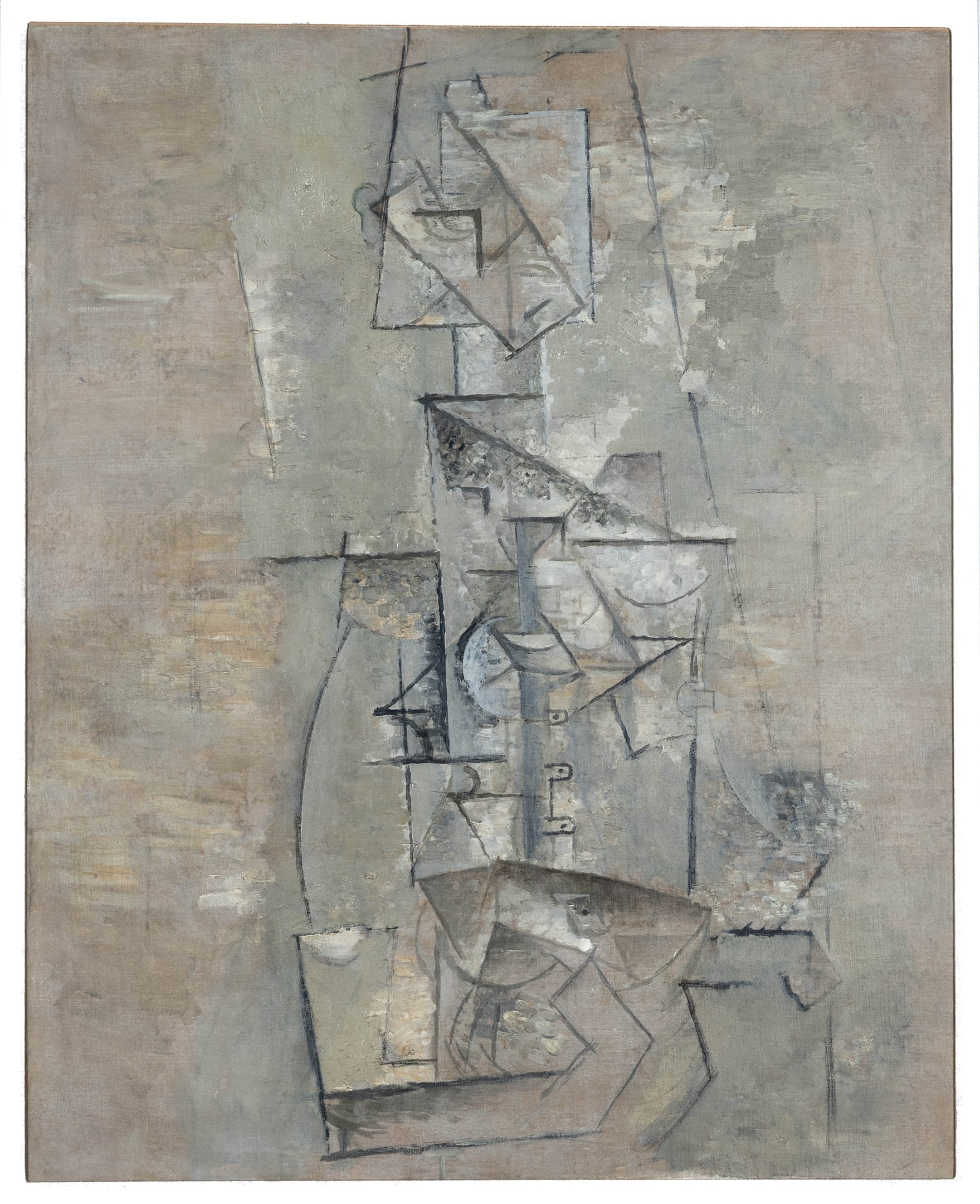From 1914 onwards, Picasso experimented with an artistic style described as a "return to realism", moving away from his purely cubist research and creating more academic works, which he sometimes combined with cubism.
He often visited the Louvre and was inspired by the old masters, such as Jean-Auguste-Dominique Ingres and his neo-classical style. In 1917, Picasso travelled to Rome and Naples, where he discovered the treasures of the archaeological museum in Naples and the Roman frescoes in Pompeii. There he found inspiration for a new series of works influenced by ancient art.
In Italy he met the Ukrainian dancer Olga Khokhlova (1891-1955), whom he married in 1918. Embodying his neoclassical period, Olga is depicted here in a seated posture and a melancholy attitude, like a Greco-Roman statue.
The dress and hair are painted in brown, and the fluidity of the brushwork recalls the use of watercolour or India ink as well as the shaded tones of early twentieth-century photographs, which Picasso began to use at the time, transforming family photographs into compositions. While Olga inspired many of Pablo Picasso's portraits, this is clearly one of the most accomplished and famous, although it was rarely seen in public exhibitions.
